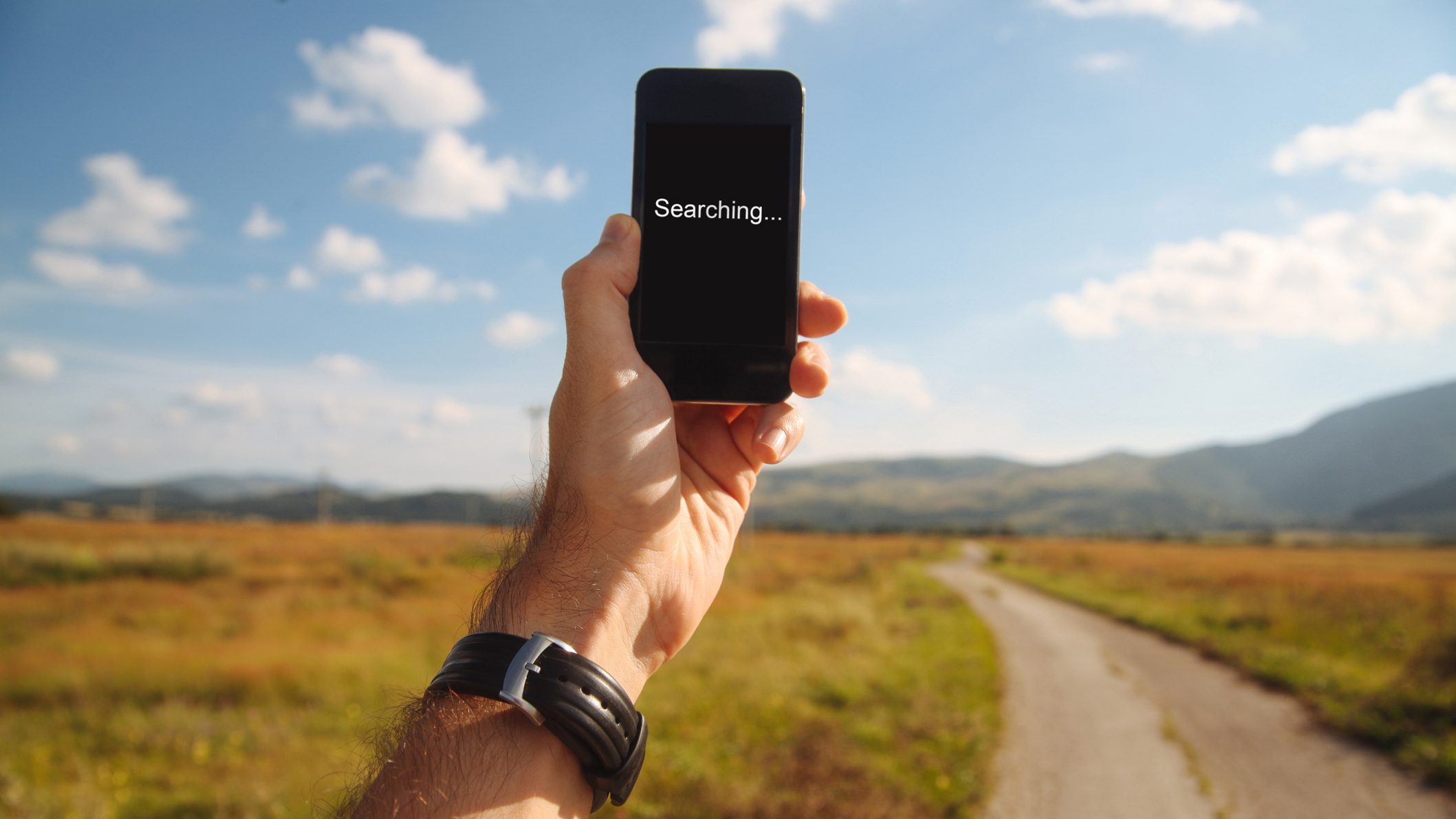Weak cell signals can occur anywhere, from rural areas to inner cities. Although choosing the best cell phone providers is one way of making sure you always have coverage, even top providers have blank spots in their coverage. Dead spots aren't just a plague for people in rural areas - elements of the way homes are built can act as barriers to reliable signals in your home.
There are a few ways to overcome this - the vast majority of phone users now have smartphones, which means that you can make calls over your home WiFi. This could make living with poor cell phone coverage a lot easier, provided that you have a more reliable internet provider than cell phone provider.
You could also consider switching providers. Cell phone coverage maps are a great way to tell if your local area has a problem with cell phone coverage in general, and top providers such as Verizon have interactive maps to make this information easier to access. If your provider does have limited coverage in your area, consider switching to a provider that will perform better.
Your third option is a cell phone booster. Cell phone boosters work to amplify cell signal within your home. An outside antenna receives a signal from a cell tower and sends the signal to an amplifier that emits the boosted signal through an inside antenna. The difference between the two types is the FCC regulations that cap the vehicle gain at 50 dB, which has a coverage area that will cover your vehicle but nothing else. Home cell phone boosters are less regulated and can have a max gain as high as 72 dB, which covers about 6,000 square feet.
We have an in-depth article which answers the question "do cell phone boosters actually work?", but the short answer is that yes, they can seriously improve your cell signal. Below are the criteria you should consider when choosing a cell phone signal booster for your home.
Figure out what you need
The first consideration for a home cell phone booster is the coverage area you need. Does your entire home suffer from weak signals, or is it a specific area? Are there areas where there is no signal? Cell phone signals often struggle to reach basements, and energy-efficient windows can nearly block signals completely.
There are home cell phone boosters designed for a single room or an entire house. The higher the max gain, the better the range. The top boosters for a home have a max gain of 72 dB with a range of approximately 6,000 square feet, but you can also get cell phone boosters that only cover the range of a desk.
Test the outside signal strength

Once you've determined how much area needs to be covered, you'll need to check out the strength of the outside signal. You'll want to walk around your property and even climb onto your roof to check signal strength. Wherever you find the strongest signal is where you'll install the outside antenna.
If you live in a rural area where it's difficult to find a signal outside, you'll want to hire a technician to test the signal strength, because they often have better knowledge of where the nearest cell phone tower is located.
Check the antenna type
There are several different types of outside antennas to consider. They each require permanent installation, so it's important that you find the best possible antenna for your property and situation. An omnidirectional antenna is ideal for urban or suburban areas where the outside signal is strong but the inside signal is weak or nonexistent. This is because it can receive signals from all directions and has a short range. Its main objective is to pump the outside signal inside.
A directional antenna is ideal for rural areas where the weak signal is the result of being too far from the cell tower. It has a much higher forward gain than an omnidirectional antenna. The best directional antennas have a forward gain of 14 dBi, which is like the difference between binoculars and a telescope. It can see much further, but it has to be pointed in the right direction to be effective.
Choose the right cable length
Home cell phone boosters have two coax cables. The longest one leads from the antenna to the signal booster, while the shorter one leads from the signal booster to the inside antenna. You want to keep the length of the outside cable as short as possible because the signal strength decreases by up to 3.9 dB for every 100 feet of cable. When you consider that every 3 dB change in a signal represents an exponential increase or decrease, cord length is important.
Whether you live out in the country or in a studio apartment in San Diego, you don't have to live with the frustrations of a weak cell signal. A home cell phone amplifier is the best way to ensure that you have excellent call quality within your home at all times.

